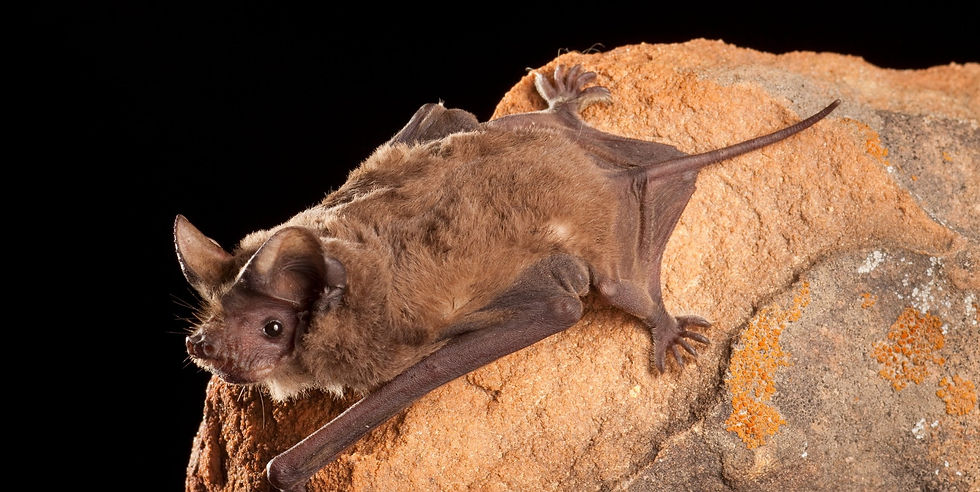Friend of the Month | Mary Spicer
- Friends of Sausal Creek
- Sep 17
- 3 min read
Updated: Sep 22

FOSC: What is your connection to the Sausal Creek watershed?
Mary: I love paddling around the large Sausal Creek outlet at the Oakland Estuary, tucked near the Fruitvale Bridge. It’s the place where fresh water from the Sausal Creek watershed spills into the bay and mingles with the salt water. At low tide, sandbars emerge, filling quickly with all kinds of aquatic birds. It feels like another hidden corner of Oakland, where nature is always alive and shifting.
Navigating the outlet can be tricky—the tides, bridge, and sandbars create unexpected shifts in the water that keep you alert.
FOSC: You’re the founder of I Heart Oakland Alameda Estuary—could you share a bit about what inspired you to start it, and the kind of work you do through the organization?
Mary: I’ve been rowing and paddling on the Oakland Estuary for years—on dragon boat, whaleboat, and outrigger teams, as well as with friends on stand-up paddleboards. Every year, the shore was covered in garbage, and we’d see duck nests built among the trash along the shoreline.
In 2016, after many years of talking about the issue, local aquatic athletes and others who love the Estuary came together to clear the shores. These are areas you can’t see or access easily from shore—you need a watercraft to access them. In just two-hours, we removed more debris than we ever thought possible. That effort sparked the beginning of IHOAE, which started as a community group and has since grown into a nonprofit.
Today we organize large shore cleanups, work with the shore community on outreach and we are launching a Marine Debris citizen science program through NOAA.

FOSC: You joined us as a guest speaker for both our Stream Team and Team Oakland youth programs, sharing about the estuarial ecosystem—from tides and litter to seabirds and wildlife spotted while paddle boarding. The students were very engaged, and enjoyed the hands-on activity of examining trash they’d collected and thinking through its broader environmental effects.
Why do you feel it’s important for students to learn about the estuary and shoreline, and watershed more broadly? What role do you think education plays in stewardship of our waterways?
Mary: The estuary is a beautiful place— it’s our watershed, and it is teeming with life. Many Oakland residents don’t have access to it, and we need more ways to open those doors.
I want students to meet the harbor seals and bat rays, to connect with the water, and to understand the ecological challenges it faces. We teach about plastics, storm drains, debris, wildlife, and water—and, when we can, we take students out kayaking so they can experience it firsthand.
Water is expansive. The Oakland Estuary is part of the bay and the Pacific Ocean. Just 1.5 miles from the Sausal Creek outlet I’ve paddled alongside gray whales and bottlenose dolphins. Oakland is part of that nature—we’re not separate from it.
Education opened the door to nature for me as a child, and I hope that being on or near the water can do the same for others. Our world needs stewards, and there are countless ways for students to care for our shores—through science, advocacy, public service, and beyond.
FOSC: What stands out to you from engaging with young people on these topics?
Mary: Their curiosity and problem-solving. Together we observed the tide, tracked the depth of the water, and by the end of the two hour period the students could explain how the tides work and how water moves into and out of the estuary. I like how the students shared what they had learned with each other— and was glad they got to see a bat ray!


